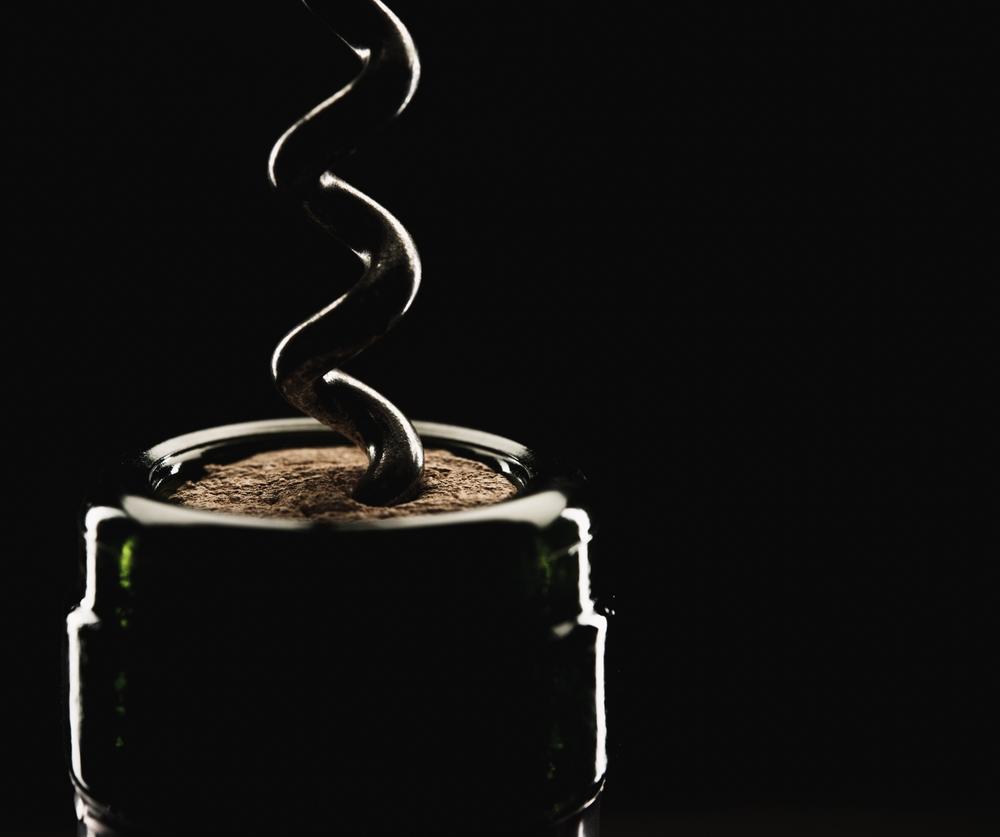Last week the UK Investor Magazine attended the OenoFuture investor evening, which treated guests to a wine tasting, masterclasses and a seminar on fine wine investment delivered by wine expert and Oeno CEO, Daniel Carnio. Set against the jolly backdrop of aperitivo and the City skyline, the message at the core of the event was entirely serious. We ought to think more about wine as part of a healthily diversified portfolio, and appreciate its potential as a tool to circumvent market dips.
General notes on fine wine investment
Giving attendees a rough overview of the investment wine space, Daniel told us only 1% of all wine globally contains the necessary characteristics to be considered investment wine.
While naturally trying to create a positive impression of the field, he described fine wine as an ‘alternative investment’. Not a field to be invested in exclusively, but rather as one part of a healthy spread of investments.
He then reiterated the advice of renowned business magnate Warren Buffett, who said at least 1% of everyone’s portfolio should be in wine.
At the end of his presentation, Daniel reminded us of the very real demand for fine wine investment, and the presence of high net worth individuals ready to pay a premium for the right bottles. He cited the sale of one bottle in particular: a 1777 Chateau Lafite from the Jefferson collection, which sold for over a quarter of a million pounds.
Why does wine investment attract sophisticated palates?
According to OenoFuture, the main attractions of wine investment are threefold.
First – wine collection lets you keep more of your gains. Unlike some other forms of investment, wine collections aren’t taxed, and the profits accrued from collecting wine are exempt from tax in many countries.
Second – it has offered reliable growth in recent years. Aside from the bounce caused by high-net-worth Chinese investors entering the market at a rapid pace, the last decade or so has seen fine wine investments appreciate by around 10% per annum. During 2018, OenoFuture reported that its Private Investor accounts yielded average returns of 11.93%.
Third – it lets us escape the risks that affect most equities and conventional asset classes. Now more than ever, this characteristic makes wine investment appear like a particularly virtuous asset. While other sectors are dragged or fuelled by market corrections and rallies, the success of fine wine is dictated by the simple tenets of supply and demand. It might seem intuitive, then, to think that consistent appreciation in fine wine prices over time is only natural. Save for a sudden decline in demand for wine consumption or collectability, the steady decline in stocks of any particular bottle of wine correlates directly to an increase in its respective value.
In a succinct summary on its website, OenoFuture states:
“Against a backdrop of market turbulence and uncertainty, the fine wine market has performed exceptionally in recent years. Since 2005 fine wine has seen growth of 198%, making it a very attractive safe haven for investors keen to diversify their portfolio.”
Being on the nose: what is the OenoFuture user experience?
The company stated that its standard investment ranges sit around the £10k, £25k and £50k marks, for different sizes and time frames of wine collections.
At the lower threshold, the company said £10k covers an entry level diversified portfolio. The aim of this kind of undertaking would be to provide returns over the short-to-medium term, which Daniel Carnio estimated would be between one to three years.
At the £25k and £50k levels, Daniel said the company would look to introduce ‘iconic’ wines to an investor’s portfolio. At this level, we can assume there is scope for long-term holdings, with offerings targeted towards attracting buyers willing to pay above market rates for the right bottle of wine.
Regarding the nitty gritty practicalities of the company, OenoFuture said all wine collections are stored in a bonded warehouse, and should any misfortune befall your bottles, insurance payouts cover the cost of the wine at the point of damage (with price appreciation), not the original purchase price.
Finally, Daniel outlined the company’s attractive fee structure. OenoFuture takes no upfront fee. In exchange for its individually tailored advisory services it only takes 10% of any profits made at the point of liquidation.
Coming away from the evening, I got the impression that wine investment isn’t just a quaint idea, but an effective way to diversify a portfolio and counteract the risks posed by mainstream market mechanisms. Investing with OenoFuture means we only pay fees when we win, and even if we’re faced with abject failure, drinking your investment will at least help us forget momentarily.

